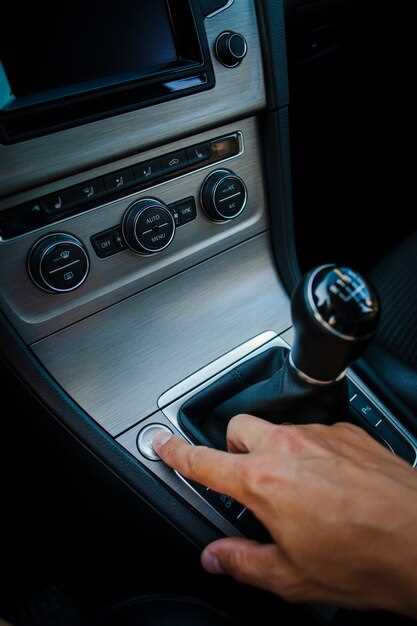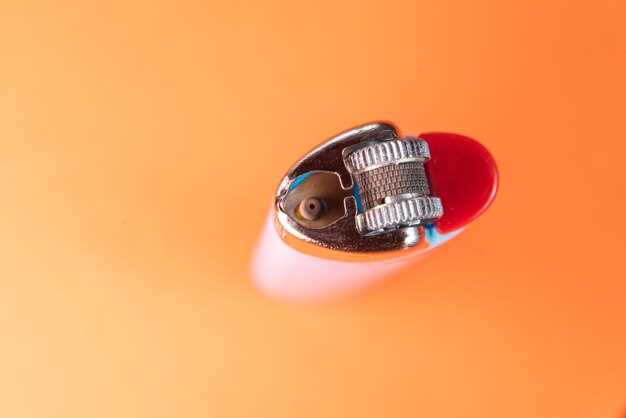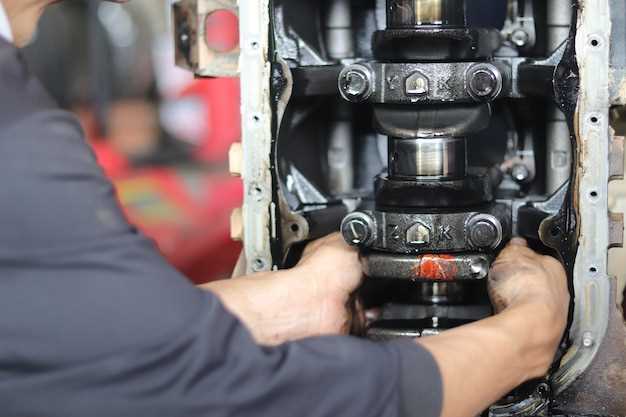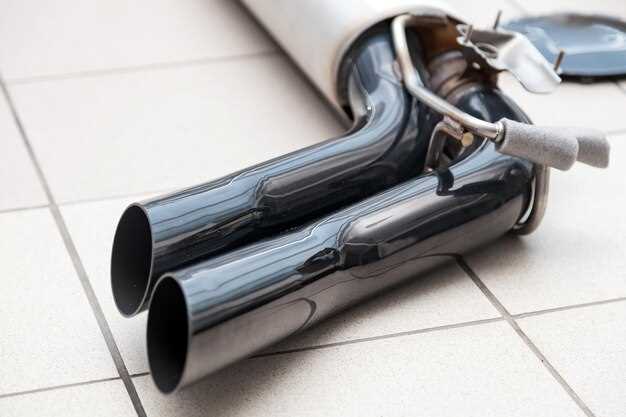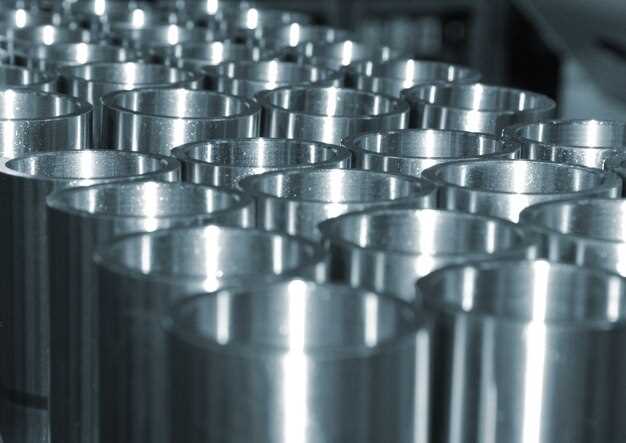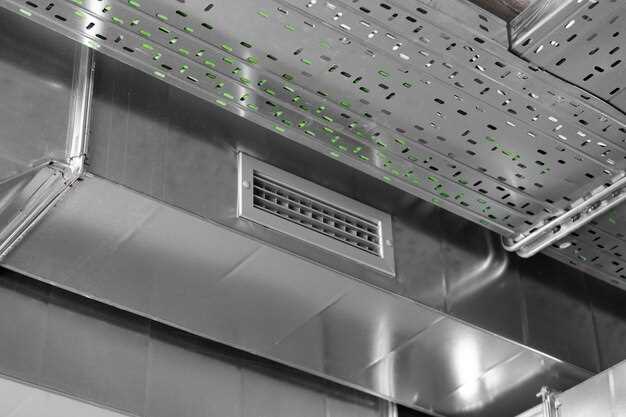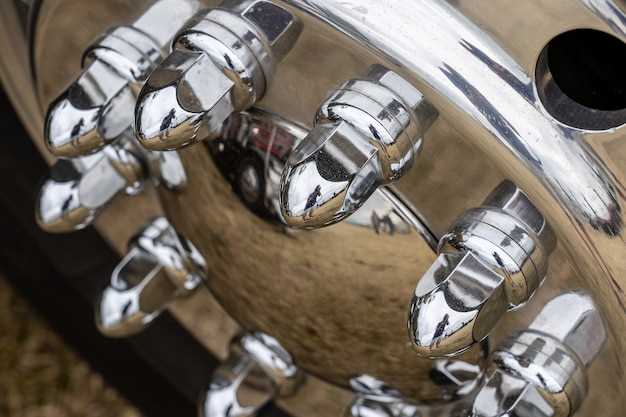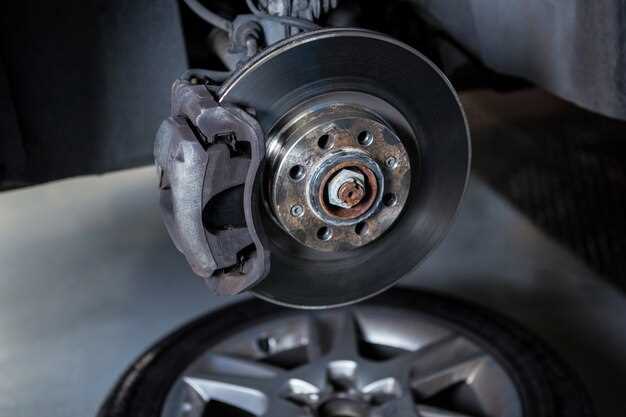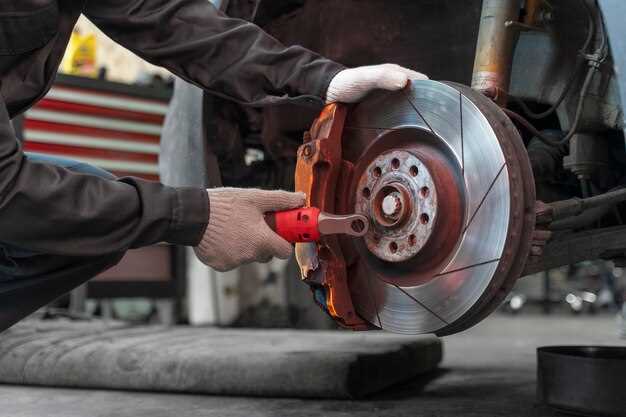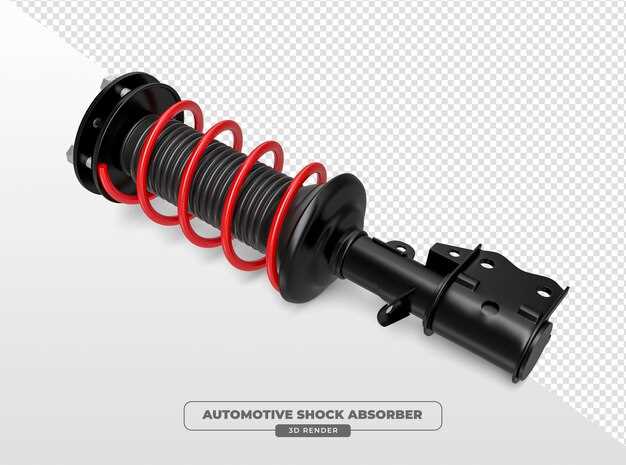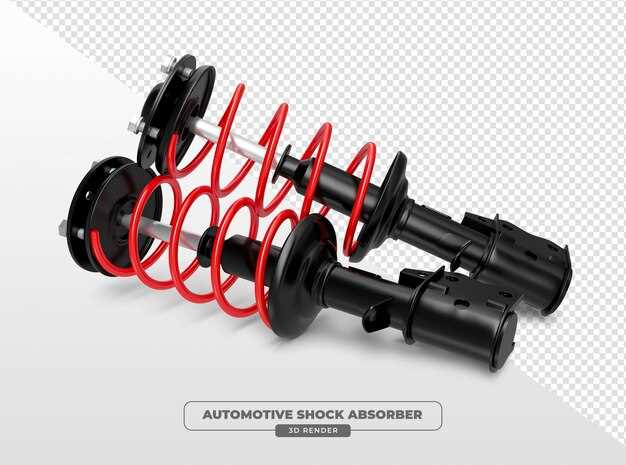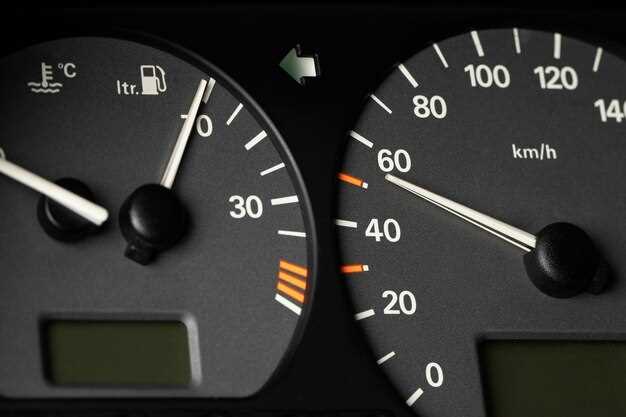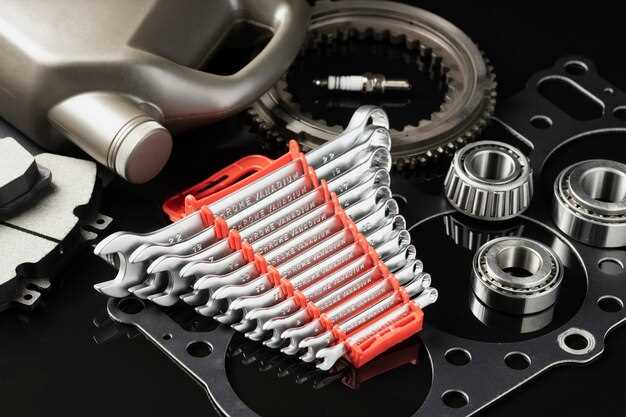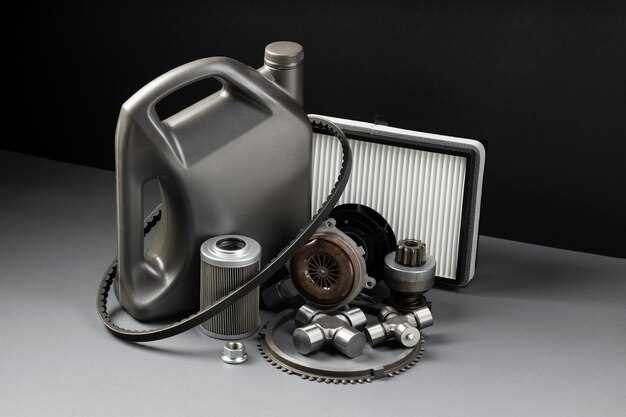
In the world of automotive customization, quick-release bumper kits serve as a popular upgrade for car enthusiasts seeking both practicality and style. These innovative systems allow users to easily remove and reattach their bumpers, making maintenance, repairs, and modifications more accessible than ever. Whether you are a seasoned mechanic or a weekend DIYer, understanding the installation process can enhance your vehicle’s performance and appearance.
This guide aims to walk you through the essential steps of installing quick-release bumper kits, ensuring that you can enjoy the benefits of this system with confidence. From selecting the right kit for your vehicle to understanding the tools required for the installation, we will cover every aspect to facilitate a smooth and successful installation experience.
Furthermore, we will delve into the advantages of using quick-release bumpers, highlighting their impact on functionality and aesthetics. By the end of this article, you will not only gain technical skills but also appreciate how this modification can transform your vehicle into a more versatile and visually appealing project.
Choosing the Right Quick-Release Bumper Kit for Your Vehicle

When selecting a quick-release bumper kit, it is crucial to consider several factors to ensure compatibility and performance. First, identify the specific make and model of your vehicle. Each kit is designed to fit particular dimensions and mounting points, so verifying compatibility is essential.
Material is another significant aspect to evaluate. Quick-release bumper kits are typically made from materials like aluminum, stainless steel, or plastic. Aluminum and stainless steel offer superior durability and resistance to corrosion, while plastic variants may be lighter but less robust. Assess your needs based on driving conditions and whether you prioritize weight savings or strength.
Furthermore, take into account the weight rating of the kit. If you are frequently driving on rough terrains or planning to use your vehicle for motorsports, a kit with a higher weight rating is advisable to ensure safety and structural integrity during high-impact situations.
Additionally, consider the installation method. Some kits require drilling or modifications to existing bumper mounts, while others offer a bolt-on design that simplifies the process. If you prefer a straightforward installation, look for kits that provide comprehensive instructions and require minimal modification.
Style is also important. Quick-release bumper kits come in various designs, so choose one that matches your vehicle’s aesthetics. A cohesive look can enhance the overall appearance, especially if your car is modified or part of a performance project.
Lastly, read customer reviews and seek expert recommendations. Feedback from fellow car enthusiasts can provide insights into the long-term reliability and performance of different kits, helping you make an informed decision.
Step-by-Step Process for Installing Quick-Release Bumper Kits
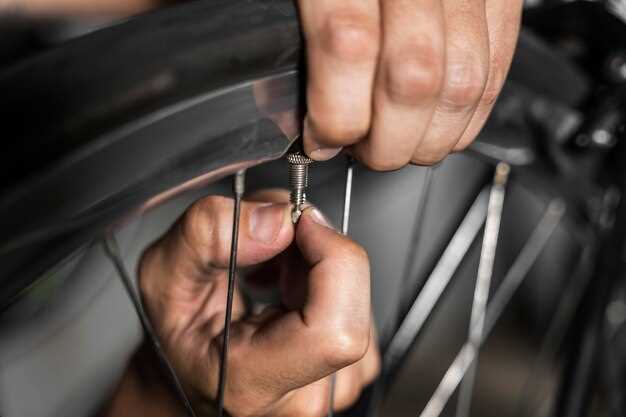
Installing a quick-release bumper kit can greatly enhance the functionality and aesthetics of your vehicle. Follow these steps for a successful installation.
-
Gather Necessary Tools and Materials:
- Quick-release bumper kit
- Socket wrench set
- Screwdriver set
- Torque wrench
- Utility knife
- Safety goggles
- Dust mask
-
Prepare the Vehicle:
Ensure the vehicle is parked on a level surface and the engine is turned off. Open the hood and disconnect the battery to avoid any electrical issues during the installation.
-
Remove the Existing Bumper:
- Identify the bolts or screws securing the current bumper to the vehicle frame.
- Using the appropriate socket or screwdriver, remove these fasteners.
- Carefully detach the bumper from any clips or brackets, making sure not to damage the vehicle body.
- Set the old bumper aside for potential future use or disposal.
-
Install the Quick-Release Brackets:
Follow the manufacturer’s instructions for the specific alignment and positioning of the brackets.
- Position the brackets on the vehicle frame and mark drill locations if required.
- Drill any needed holes, ensuring they are clean and free from debris.
- Attach the brackets securely using the provided hardware, ensuring they are tightened to the right torque specifications.
-
Attach the Quick-Release Bumper:
Carefully align the quick-release bumper to the installed brackets.
- Using the quick-release system, attach the bumper to the brackets according to the provided instructions.
- Double-check the alignment to ensure it sits evenly and securely.
-
Reconnect the Battery:
After ensuring everything is secured properly, reconnect the battery terminals.
-
Test the Quick-Release Mechanism:
Before taking the vehicle on the road, test the quick-release system multiple times to ensure it functions correctly. Make sure the bumper can be quickly attached and detached without resistance.
-
Final Check:
Inspect all connections and hardware for tightness. Look for any gaps or misalignments. Confirm that all tools are removed from the work area before starting the vehicle.
Following these steps will ensure a proper and safe installation of your quick-release bumper kit, enhancing both functionality and style.
Troubleshooting Common Issues During Installation
During the installation of quick-release bumper kits, various issues may arise that can impede the process. Identifying and addressing these problems early can save time and ensure a successful installation.
One common issue is misalignment of mounting brackets. If the brackets do not line up with the existing holes on the vehicle, check the orientation and positioning of the kit. Ensure that all components are correctly installed and that there are no obstructions preventing proper alignment.
Another frequent problem is difficulty in loosening or tightening bolts. If you encounter resistance, ensure that you are using the correct size and type of tool. Applying penetrating oil can help loosen rusted or stuck fasteners. Additionally, if bolts are stripped, consider using a bolt extractor or replacing the damaged bolts before continuing.
Inadequate clearance is also a potential issue. After installing the bumper kit, verify that there is sufficient space between the bumper and other vehicle components, such as the fenders and grille. Adjust as necessary to prevent contact during operation.
Wiring complications may occur, especially with electric components such as fog lights or sensors. Confirm that all electrical connections are secure and properly insulated. If the lights do not function, double-check the continuity of the wires and fuses associated with the bumper kit.
Lastly, ensure that all instructions provided with the kit are followed accurately. Missing steps or overlooking small details can lead to installation failures. Take your time and refer back to the manual if any uncertainties arise during the process.



